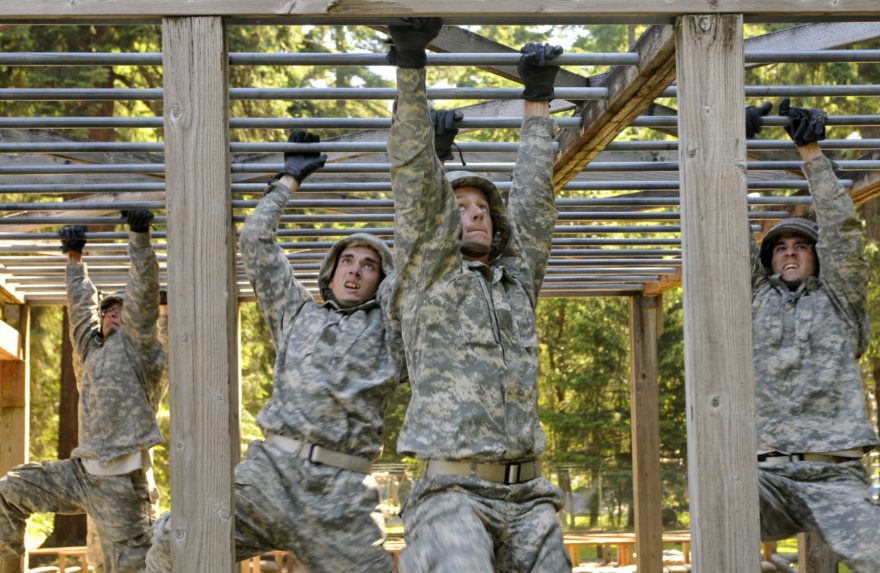Army training courses are programs designed to teach soldiers specific skills and knowledge necessary to perform their duties effectively. These courses cover a wide range of topics, from basic training for new recruits to advanced technical training for specialized jobs.
The Army offers a variety of training courses, both in-person and online. In-person courses may be held at military installations or off-site locations, typically involving classroom instruction and practical exercises. Online courses, on the other hand, are self-paced and can be completed remotely.
Some examples of Army training courses include:
- Basic Combat Training: This course is designed to teach new recruits the basic skills they need to become soldiers, including marksmanship, physical fitness, and military tactics.
- Advanced Individual Training: This course provides specialized training for soldiers based on their jobs in the Army, such as infantry, artillery, or logistics.
- Officer Candidate School: This program is designed to train and evaluate potential Army officers, preparing them for leadership roles within the military.
- Ranger School: This intensive course is designed to test soldiers’ physical and mental toughness, preparing them for the challenges of special operations.
- Combat Lifesaver Course: This course teaches soldiers basic medical skills, such as providing first aid and treating combat injuries.
- Sexual Assault Prevention and Response (SAPR) Training: This training course is designed to prevent sexual harassment and assault within the Army and to provide support and resources for victims.
Army training courses are essential to the Army’s overall mission, ensuring that soldiers are prepared for the challenges they may face in their duties. These courses help to build soldiers’ skills and knowledge, providing them with the tools they need to carry out their duties safely and effectively.
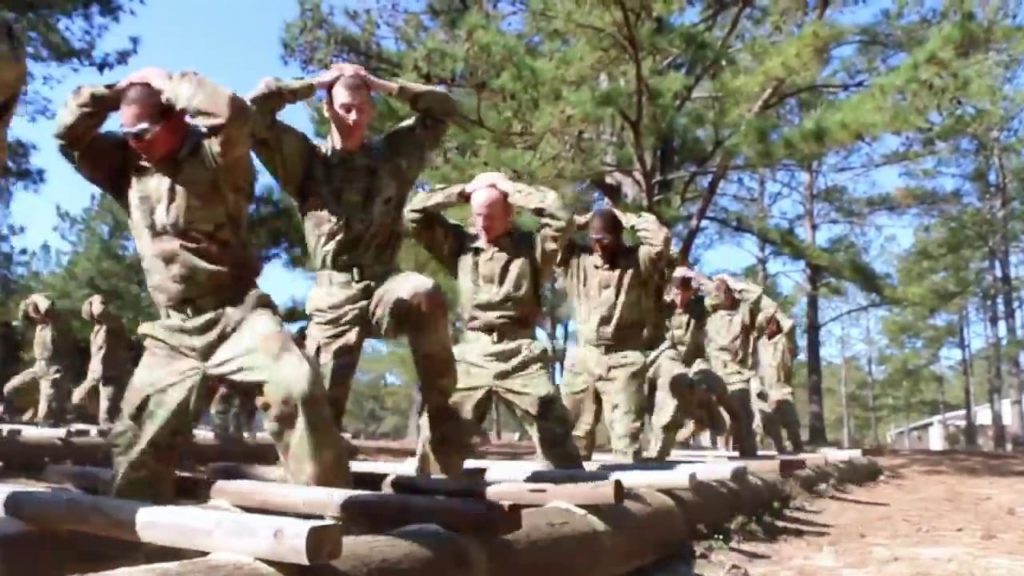
Basic Combat Training
Basic Combat Training (BCT) is a training program designed to prepare new recruits for military service in the United States Army. It is a 10-week training course that all enlisted soldiers are required to complete before moving on to their Advanced Individual Training (AIT).
During Basic Combat Training, soldiers learn the basic skills they need to become successful soldiers. This includes physical fitness, marksmanship, and military tactics. The training is designed to be physically and mentally challenging to prepare soldiers for the demands of military service.
Some of the topics covered during Basic Combat Training include:
- Physical fitness: Soldiers participate in rigorous physical training to build strength, endurance, and overall fitness.
- Marksmanship: Soldiers learn how to handle and fire various types of weapons, including rifles, pistols, and machine guns.
- Drill and ceremony: Soldiers learn how to march, stand at attention, and perform other military customs and courtesies.
- Combat skills: Soldiers learn basic military tactics and skills, including how to navigate, communicate, and work as a team.
- Basic first aid: Soldiers learn how to provide basic medical care in the field, including stopping bleeding and performing CPR.
Basic Combat Training is physically and mentally demanding, but it is designed to be achievable for all recruits who are willing to work hard and follow the rules. By the end of Basic Combat Training, soldiers will have gained the skills and knowledge they need to continue their training and become successful soldiers in the United States Army.
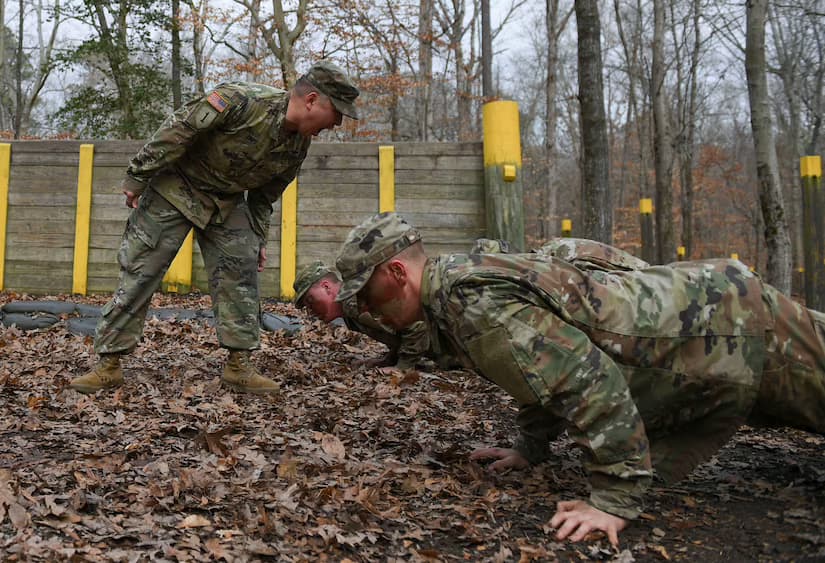
Advanced Individual Training
Advanced Individual Training (AIT) is a specialized training program that follows Basic Combat Training (BCT) for soldiers in the United States Army. AIT provides in-depth training for soldiers based on their job or military occupational specialty (MOS).
The length and content of AIT vary depending on the soldier’s MOS. Some AIT courses last only a few weeks, while others can take several months. During AIT, soldiers learn the skills and knowledge necessary to perform their specific job within the Army. This includes technical skills, such as operating and maintaining specialized equipment and job-specific tactics and procedures.
Some examples of AIT courses include:
- Infantry: This course teaches soldiers how to operate as part of an infantry unit, including advanced tactics, weapons systems, and field operations.
- Military Police: This course teaches soldiers how to maintain law and order, conduct investigations, and provide security for military installations.
- Medical: This course teaches soldiers how to provide advanced medical care, including emergency treatment, surgical procedures, and disease diagnosis and management.
- Logistics: This course teaches soldiers how to manage and maintain supply chains, including transportation, storage, and distribution of materials and equipment.
- Communications: This course teaches soldiers how to operate and maintain complex communication systems, including radios, computers, and satellite equipment.
AIT is designed to be challenging but provides soldiers with the specialized skills and knowledge necessary to excel in their MOS. It is an essential part of the Army’s overall training program, ensuring that soldiers are prepared to perform their duties effectively and safely.
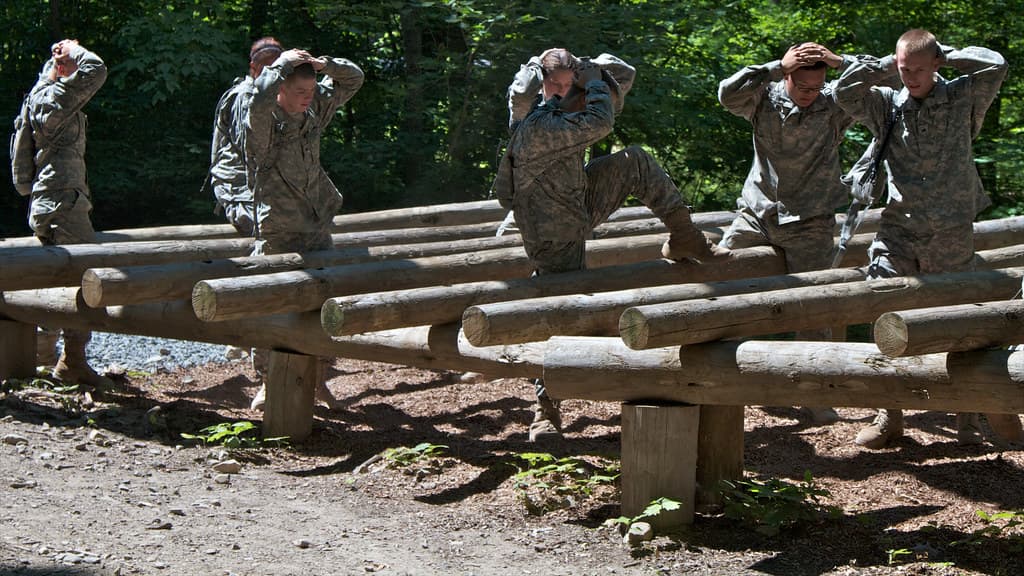
Officer Candidate School
Officer Candidate School (OCS) is a training program designed to prepare individuals to become officers in the United States Army. OCS is open to both civilians and enlisted soldiers who meet the eligibility requirements and are selected for the program.
The length of OCS varies depending on the specific program and the individual’s prior military experience. For those with no prior military experience, OCS lasts approximately 12 weeks and consists of intensive training in leadership, military tactics, and physical fitness. Enlisted soldiers may attend a shorter version of OCS, typically lasting 8 weeks.
During OCS, candidates receive classroom instruction, practical exercises, and leadership training. The training is designed to challenge candidates both physically and mentally, preparing them to take on the responsibilities of an Army officer. Some of the topics covered during OCS include:
- Military Tactics and Strategy
- Leadership development and decision-making
- Physical fitness and endurance training
- Communication and interpersonal skills
- Weapons and marksmanship training
- Drill and ceremony
Upon completion of OCS, successful candidates are commissioned as second lieutenants in the Army and are assigned to their first duty station. OCS is a challenging program, but it provides individuals with the skills and knowledge necessary to become effective leaders in the Army.
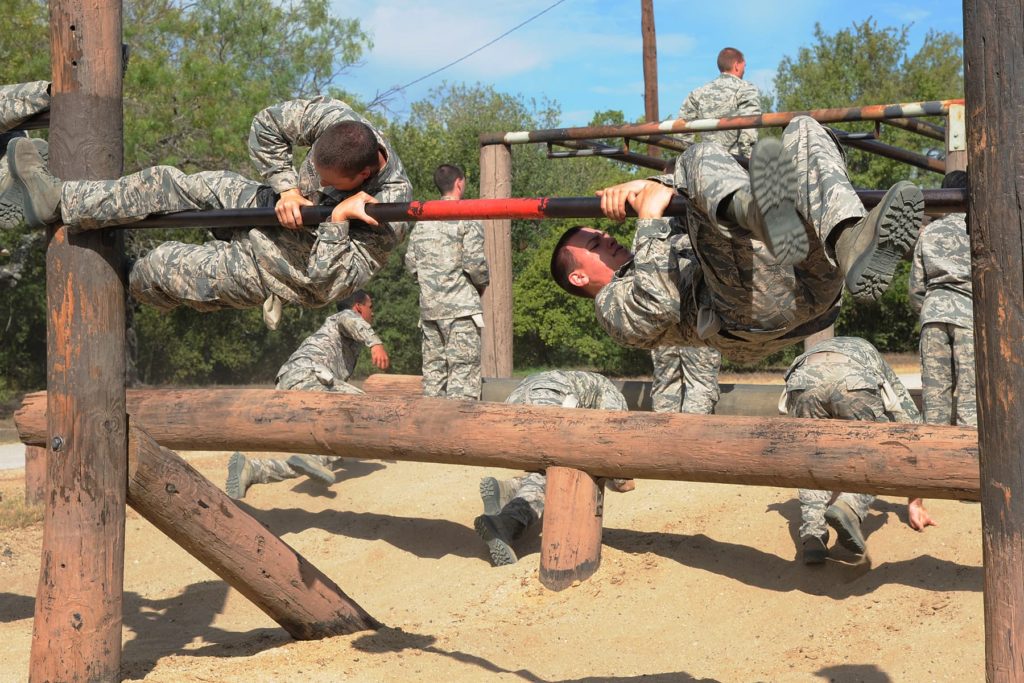
Ranger School
Ranger School is a highly intensive leadership training program conducted by the United States Army. It is a course designed to develop soldiers’ leadership and small-unit tactics skills, and it is considered one of the toughest military courses in the world.
The Ranger School is a 61-day course divided into three phases: the Benning, Mountain, and Florida. The course is designed to be physically and mentally challenging, and it is not uncommon for students to drop out due to the difficulty.
The Benning Phase is focused on physical fitness and small unit tactics, including patrolling, ambushes, and raids. The Mountain Phase focuses on mountaineering and the use of rope systems, with training taking place in the mountains of northern Georgia. The Florida Phase focuses on waterborne operations, including small boat handling, water survival, and river crossings.
Ranger School students are evaluated on their leadership abilities, physical fitness, and tactical proficiency throughout the course. They must navigate difficult terrain, complete obstacle courses, and engage in live-fire exercises. Students who successfully complete the Ranger School are awarded the Ranger Tab, a prestigious badge that symbolizes the Rangers’ elite leadership and small unit tactics skills.
Ranger School is open to all military personnel, including enlisted soldiers, officers, and international military members. It is a highly respected and sought-after course, and completion of the program is viewed as a significant accomplishment within the Army.
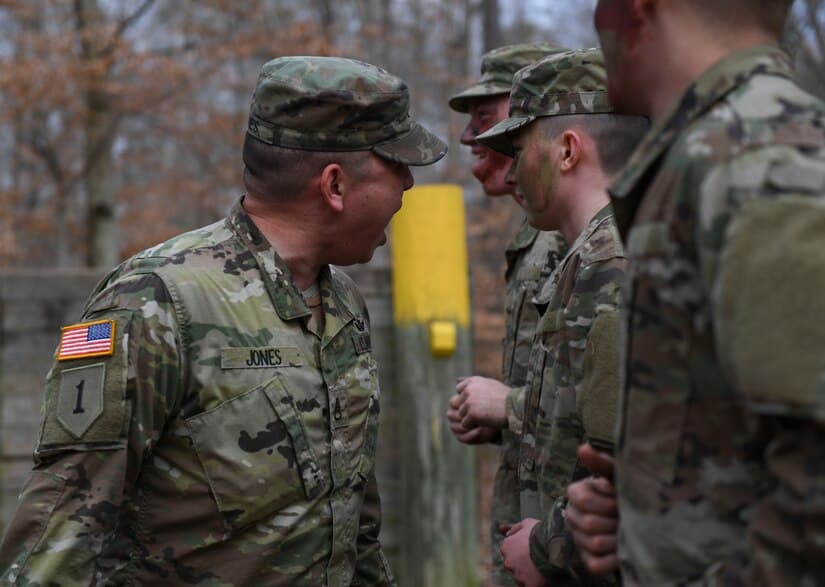
Combat Lifesaver Course
The Combat Lifesaver Course is a training program designed to teach basic medical skills to soldiers who may be involved in combat situations. The course is taught by Army combat medics and is open to all military personnel.
The Combat Lifesaver Course aims to provide soldiers with the skills necessary to provide immediate medical attention to their fellow soldiers in combat situations. This can be critical when a combat medic is not immediately available, or quick action is necessary to save a life.
The course typically lasts 5 days and covers a variety of medical topics, including:
- Basic anatomy and physiology
- Bleeding control
- Airway management
- Treatment of shock
- Splinting and immobilization of fractures
- Casualty evacuation techniques
The training is designed to be hands-on and practical, with students practicing the skills they learn on simulated casualties. After completing the course, soldiers are certified as Combat Lifesavers and equipped with a basic medical kit to carry in the field.
The Combat Lifesaver Course is an important component of the Army’s overall medical training program, and it is viewed as a critical tool for ensuring the health and well-being of soldiers in combat situations.
Sexual Assault Prevention and Response (SAPR) Training
Sexual Assault Prevention and Response (SAPR) training is a program designed to educate military personnel on how to prevent, recognize, and respond to incidents of sexual assault within the military. The program is required for all military personnel and is aimed at creating a culture of prevention and accountability within the military.
The SAPR training program covers a range of topics, including:
- The definitions of sexual assault and consent
- How to recognize and prevent sexual harassment and assault
- Reporting procedures for sexual assault and harassment
- Resources available to survivors of sexual assault
The training is delivered through a combination of online modules, in-person briefings, and small group discussions. It is designed to be interactive and engaging, with participants encouraged to ask questions and share their own experiences.
The goal of the SAPR training program is to create a safe and supportive environment within the military, where sexual assault is not tolerated, and survivors are supported and empowered to seek help. The program is an important component of the military’s overall efforts to address and prevent sexual assault, and it is viewed as critical for ensuring the well-being and safety of military personnel.
